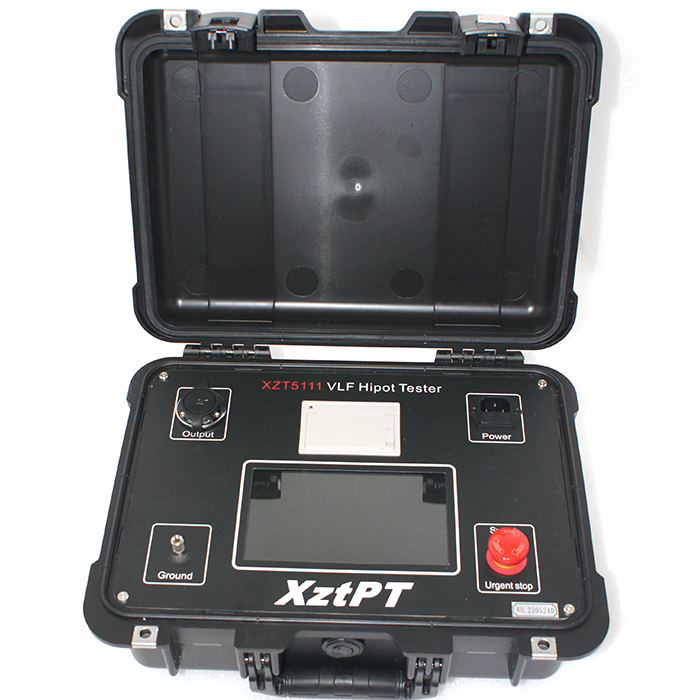English




Switchgear has overload and short circuit. Short-circuit current is an overcurrent caused by a short circuit due to a fault or wrong connection in the circuit. Overload current is an overcurrent caused by operating conditions in an undamaged circuit.
Every electrical device used in the power grid or in our daily life has a rated power. When the power of the device is higher than the rated power, we call it overload. Overload is generally short-term. For switchgear, customers often ask, if a switchgear with a continuous operating current of 630A is connected to a current of 700A for a long time, or needs to pass 800A for 30 minutes, is there a problem? This is overload, microcomputer protection, overload protection, overload element three-phase current, when any phase current is greater than the set value and reaches the set delay, the protection will act, and the overload protection will only act on the alarm.
The main impact of overload on switchgear is overheating, which is more common in life. If a high-power electrical appliance is used on the off-line board, the wire will be very hot. Therefore, it is necessary to calculate or test and verify how much heat the overload current generates to ensure safety.
According to GB11022/IEC62271-1 standard 8.3, continuous and temporary overloads caused by changes in operating conditions are defined. Continuous overload and temporary overload are determined based on the results of the temperature rise test and the test parameters - rated current, thermal time constant, temperature rise, ambient air temperature and the specified maximum operating temperature. If the temperature rise of the switch cabinet at 630A is 50k, then by calculation, the long-term 700A current, the temperature rise is 62k, and the copper bar temperature reaches 102 degrees, which does not exceed the allowable value of 105 degrees. This means that if the basic temperature rise of 630 A is less than 53k, then there is no problem with long-term current of 700A in theory. For 800A current for 60 minutes, the same calculation result shows that the temperature after temperature rise is 99.5 degrees, which is less than 105 degrees. In theory, the temperature rise will exceed the standard after 1.5 hours of current.
The short-circuit current is dozens of times the continuous current. For a continuous current of 500A, the effective value of the short-circuit current may reach 30,000A, and the peak current can reach 80,000A, which is 160 times the continuous current. The electromotive force generated by such a large current is amazing. The formula for calculating the electromotive force shows that the electromotive force of the phase-to-phase interaction is proportional to the square of the current and inversely proportional to the phase spacing. The electromotive force reaches tens of thousands of Newtons. With such a large force acting on the copper busbar, the insulator or insulating plate must have sufficient support to support the copper busbar. If it fails to support, it will cause damage to the equipment, and an arc fault will cause the switch cabinet to be completely scrapped, causing personal injury.
The low-voltage cabinet has a short-term tolerance of 85kA for 1 second. The insulation support cannot withstand the short-circuit current, resulting in test failure.
Another indicator for circuit breakers is to be able to cut off short-circuit current normally and safely, that is, the breaking capacity. Smoothly breaking short-circuit current can quickly reduce the pressure on the entire system and switch cabinet. Through relay protection, the fault current is quickly judged, and the breaking command is sent to the circuit breaker. The circuit breaker acts to break the short-circuit current and cut off the current. If the circuit breaker cannot break the short-circuit current, the circuit breaker at the upper level will break the short-circuit current.
For the protection of short-circuit current, there are overcurrent and quick break. The short-circuit current is dozens of times the rated current. The harm to the switch equipment is huge, and measures must be taken quickly. Microcomputer protection includes:
1 Quick break protection
Current quick break protection, any phase protection current is greater than the quick break setting value and reaches the setting delay protection action.
2 Time-limited overcurrent protection
Time-limited overcurrent protection. Any phase protection current is greater than the overcurrent setting value and reaches the setting delay after the protection trip action.
3 Inverse time overcurrent protection
Inverse time overcurrent protection, the action time automatically decreases as the short-circuit current increases.
